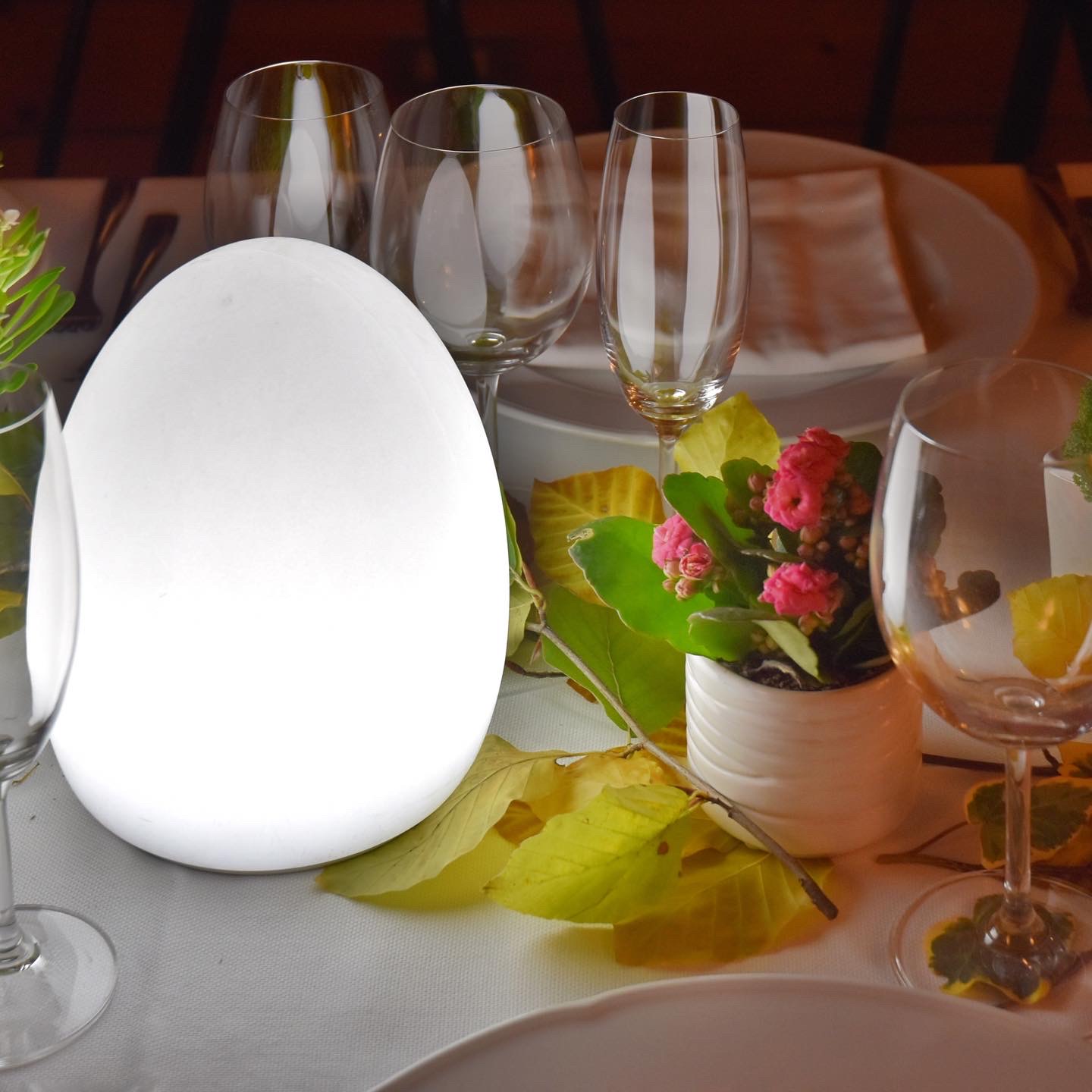THE BLEISURE AS A TREND: WHY’ TODAY AND WHAT OPPORTUNITIES’ OFFER
- October 26, 2022
We report an article by Alessandra Boiardi taken from Meetings and Congresses. Because the work, relations, productivity, they always pass through emotion too, be it an event, of stay, of conviviality.

In recent times we hear more and more often about bleisure, that is, the possibility of combining a business trip with a few days of vacation, for example by extending the business stay over the weekend. (to us of Villa Bornello also like to understand it as a situation of conviviality and business motivation away from the working walls and surrounded by greenery, even after work, even on Friday evenings, as a debilitating situation e engaging n.d.r. )
It's nothing new, but the renewed attention to work-life balance that the pandemic has bequeathed us, seems to have revived it. And it is not only from this point of view that this trend is once again being talked about. Even the binomialbleisure e MICE makes its way, but the participants of an event today are really inclined to mix the work aspect with the personal one?
The bleisure is really atrend in MICE? And how are thedestinations?
That the corporate world has changed and with it the priorities of workers is no longer a novelty. Companies are increasingly committed to improving the corporate climate and focusing onwell-being as a form of incentive and employee retention, that is, to reward employees and keep them in the company.
From the point of view of work organization, this is reflected, for example, in the decision of many companies that have experienced smart working and remote work for the first time during the years of the pandemic, to continue to offer this form of work to meet the needs of many people.
And we are also starting to talk about other forms of work "away from the desk", such as for example theworkation. How can you understand, is a term that combines the word work (Work) e vacation (vacation), but it is fair to point out that it is not – as one might think – a solution that provides, simply, to be able to work “lying on the beach”, but assumes, vice versa, a whole range of regulations.
And if these new approaches could revolutionize the world of work in a short time, what is certain is that they are already among the wishes of business travellers.
According to the’indagine di Travel for business sul workation, in collaboration with Alma Travel, who questioned his community made up mostly of travel and mobility managers, il 70% of respondents consider workation as oneopportunity to be more relaxed, even if only the 26% he claims to have practiced it in some form. The 62% he is also convinced that a period of workation would improve both life and work.
As for the bleisure, an Expedia study highlights that already in the pre pandemic for the 48% was theattractiveness of the destination in terms of liveliness to convince travelers to extend their business trip, for the 43% the fact of being in a place not to be missed from a tourist point of view, il 38% rated the ease of moving to the destination itself and the 37% how close the weekend was.
Source: Bleisure as a trend in MICE: why today and what opportunities it offers
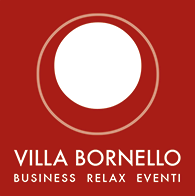
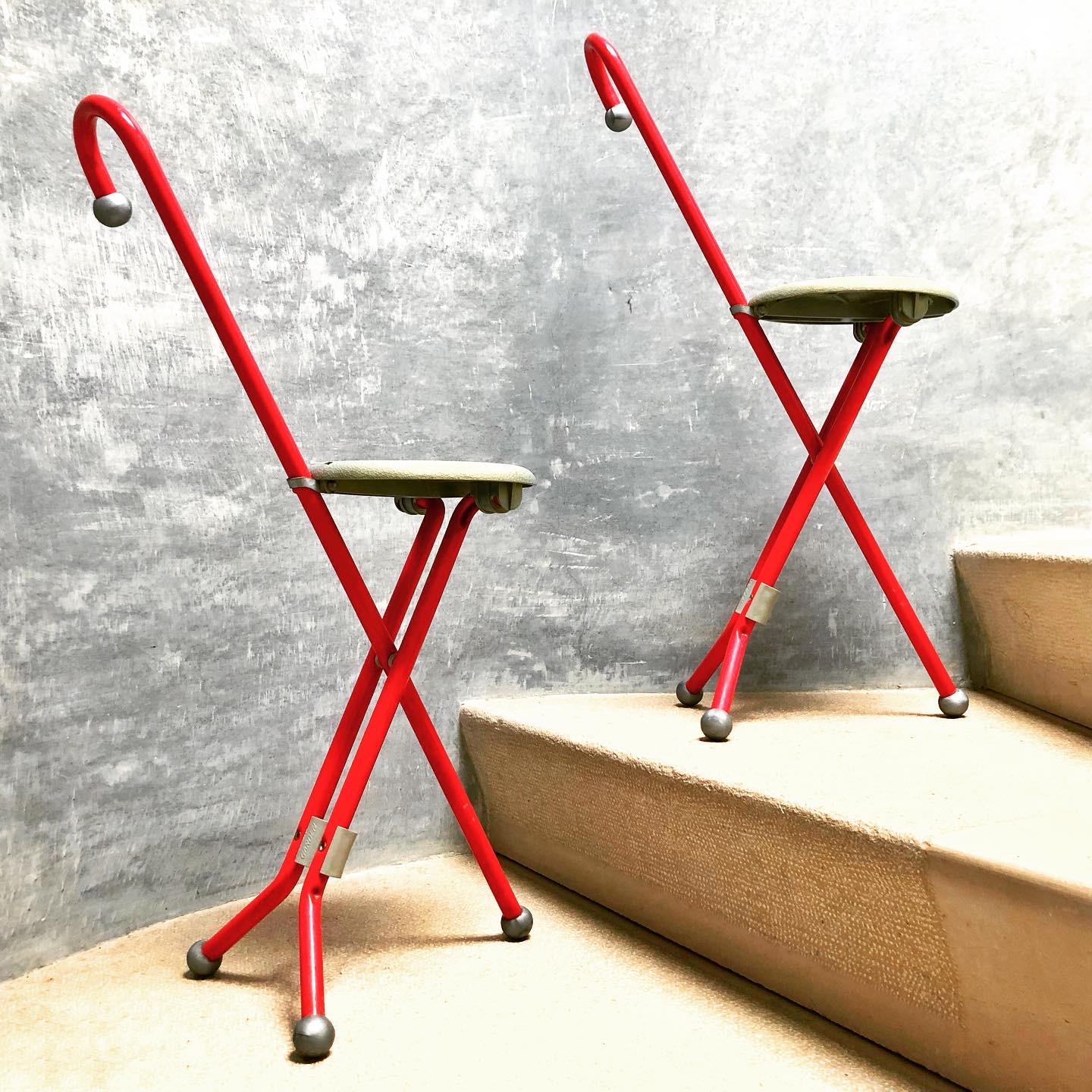



















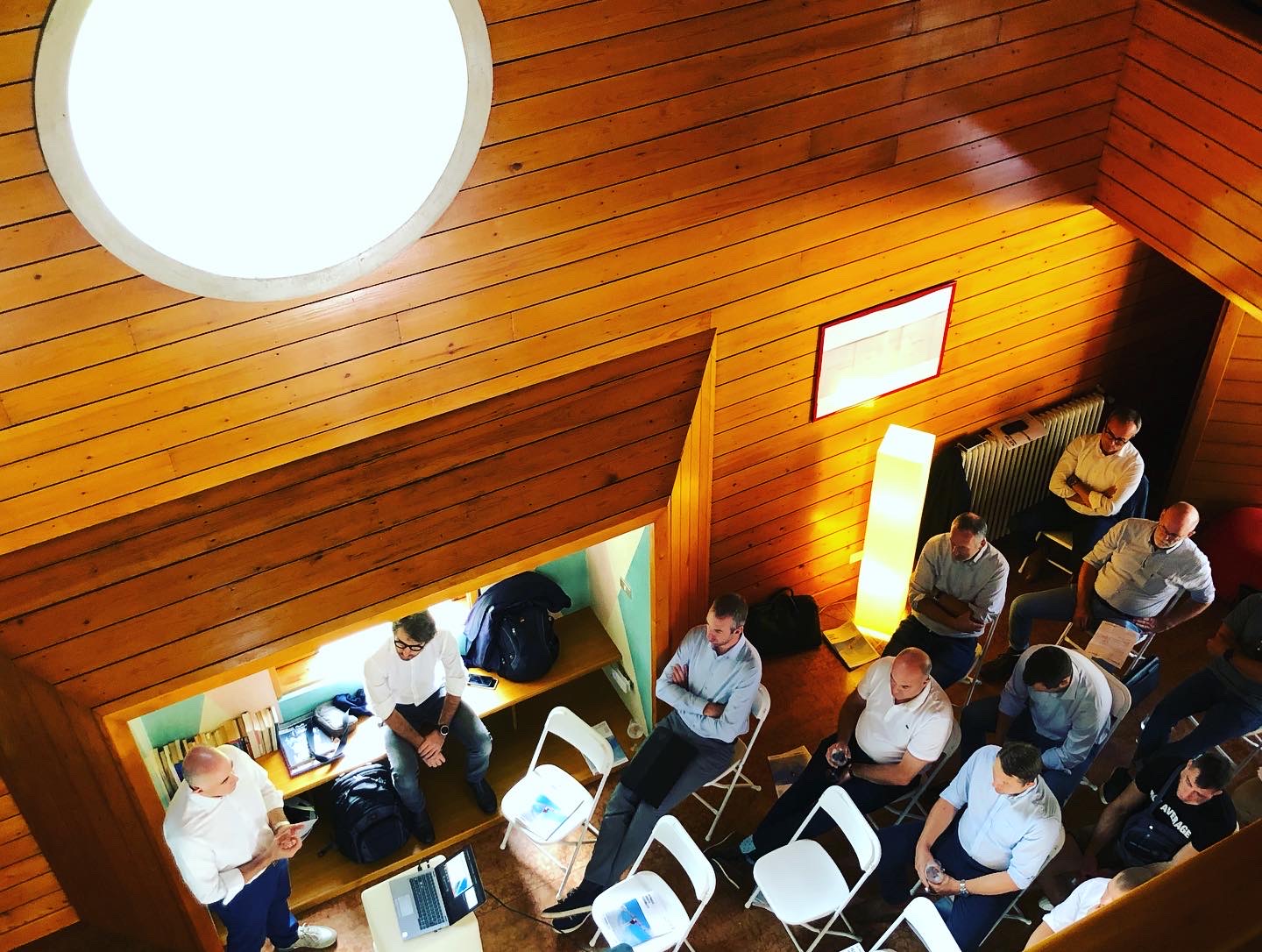


















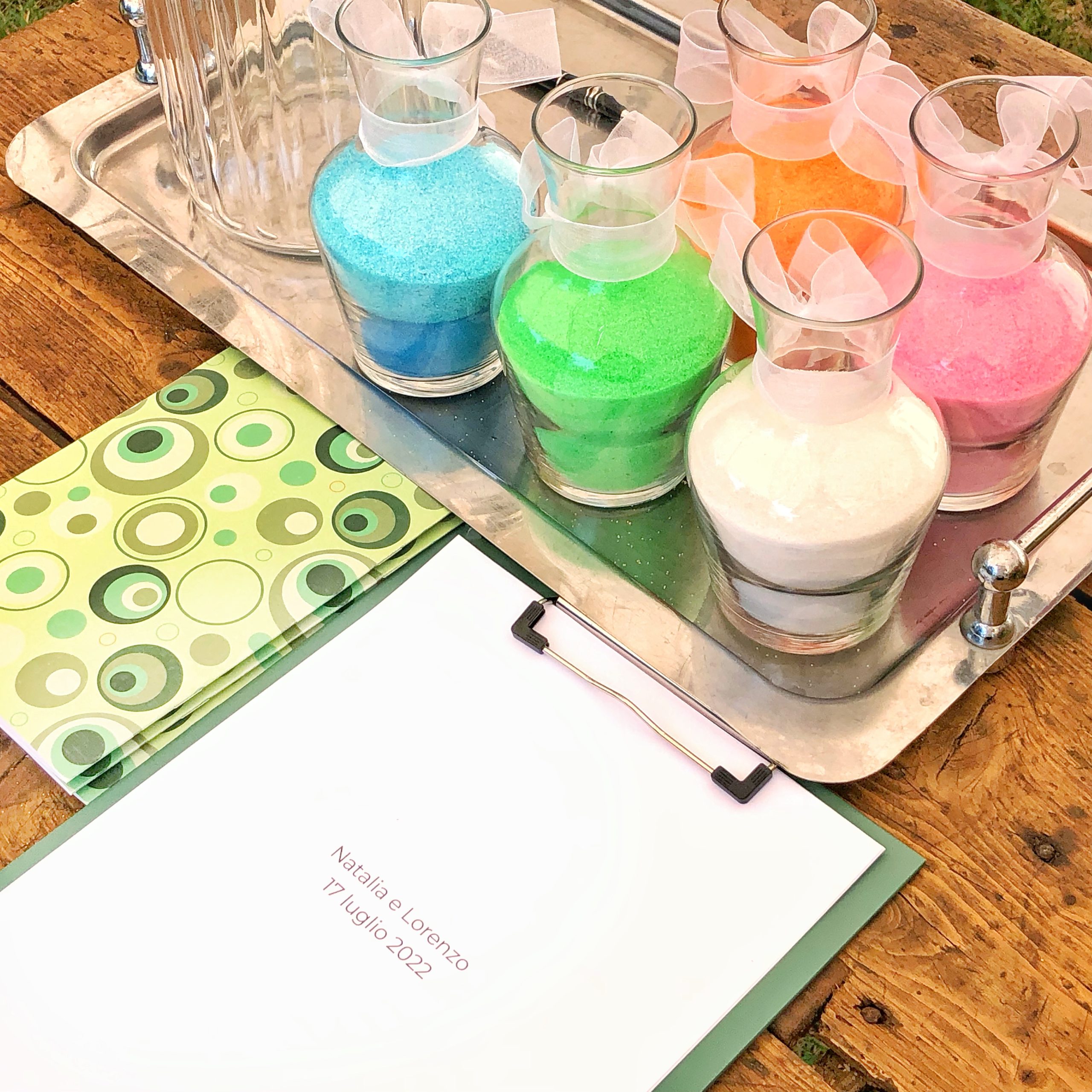




























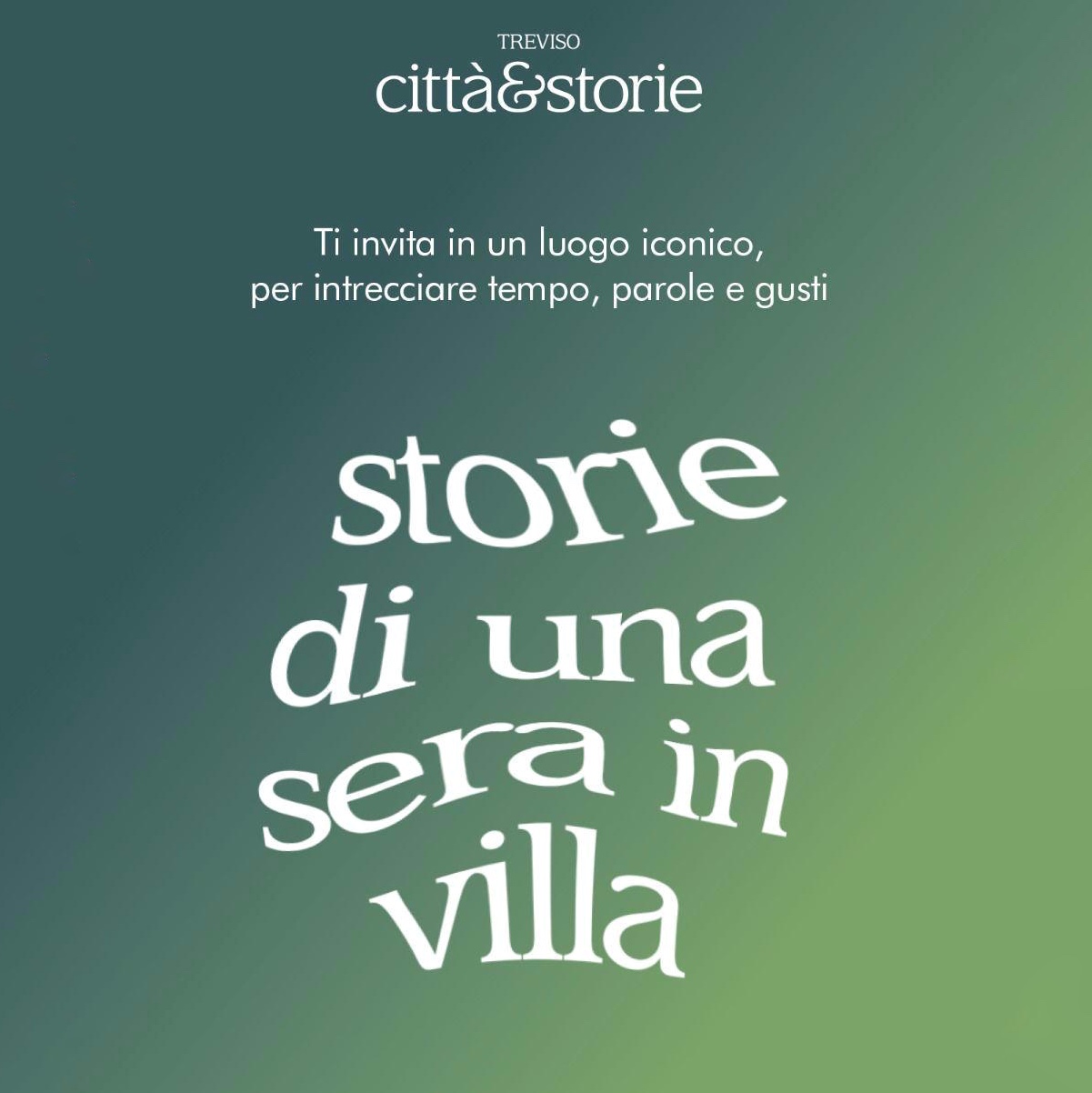





















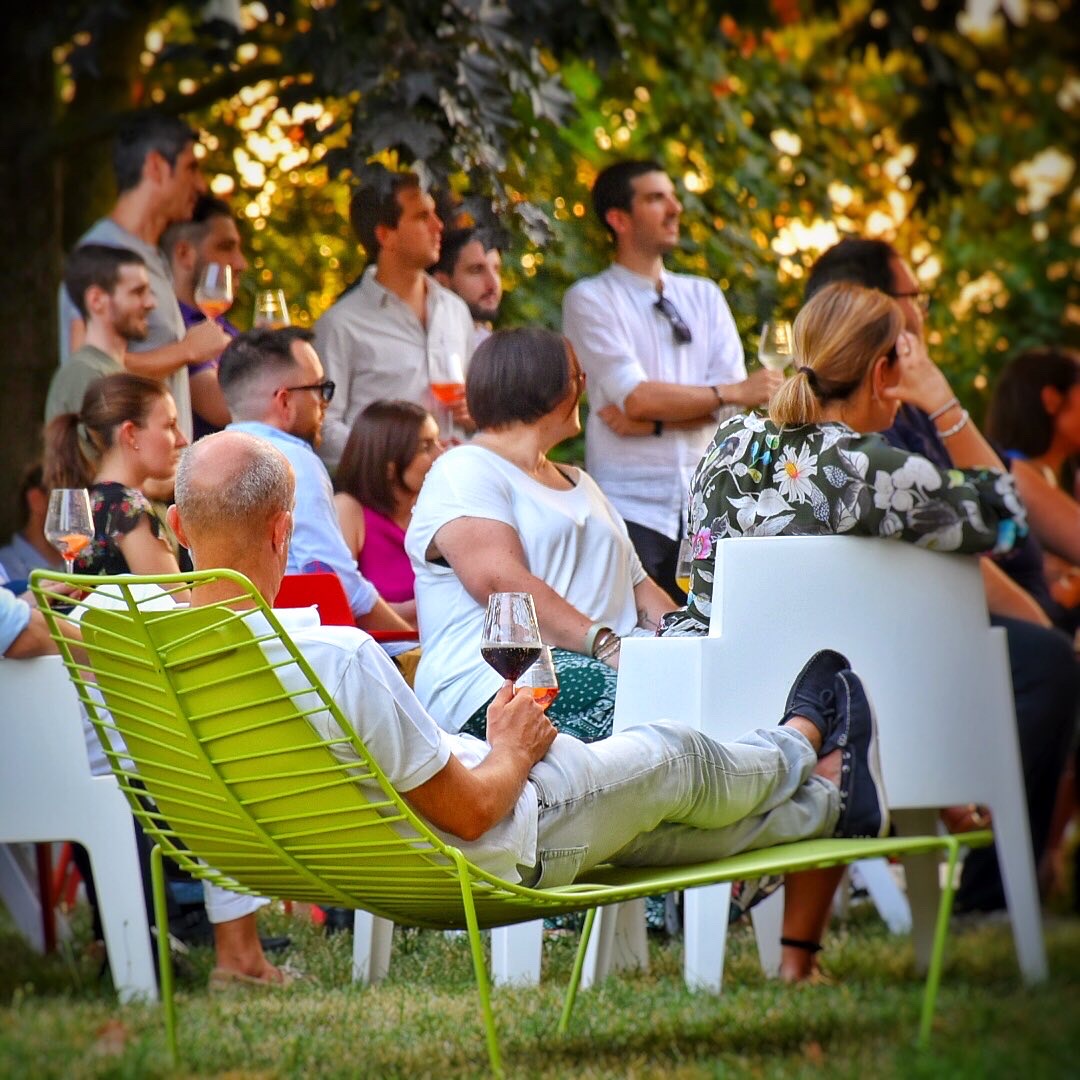










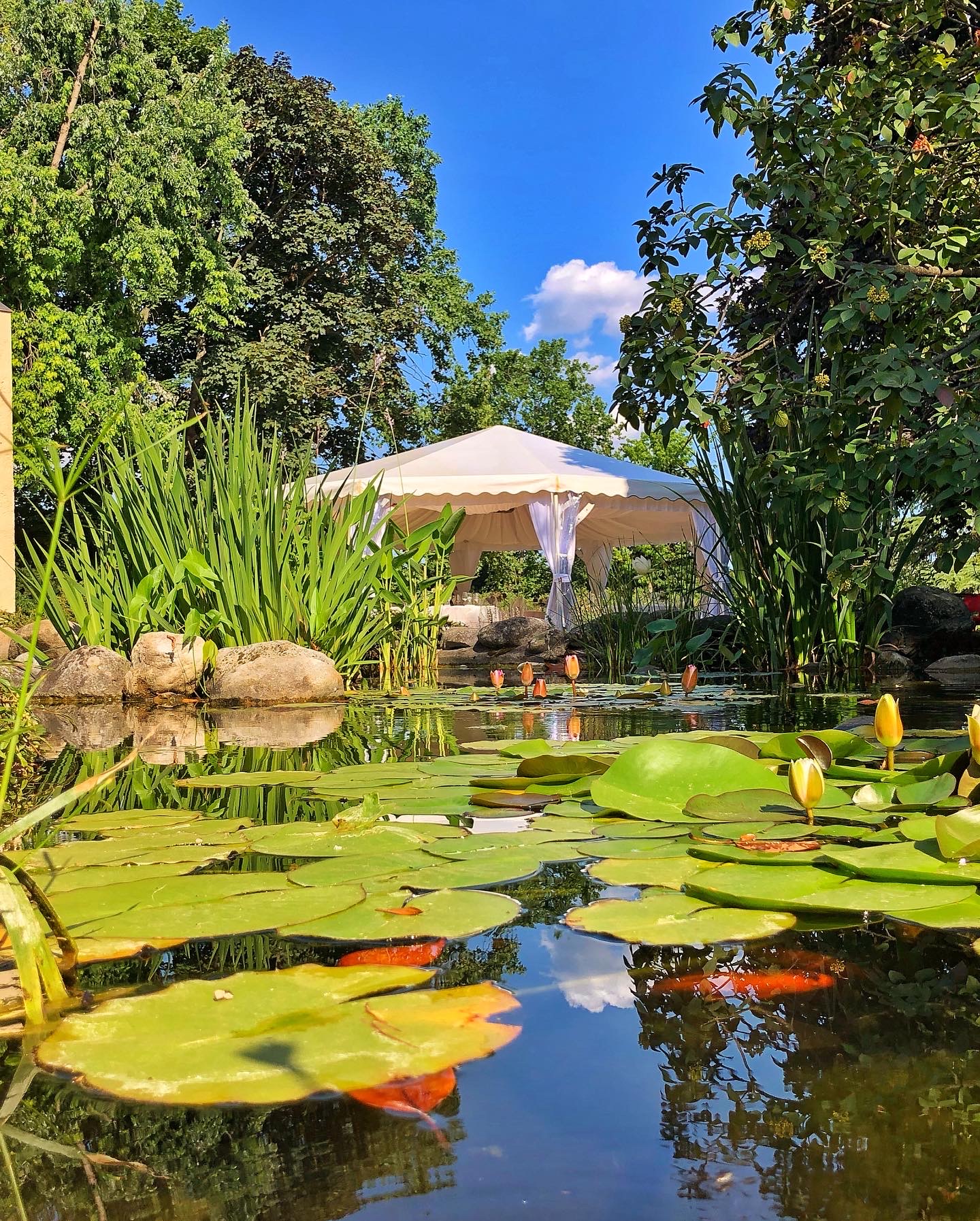














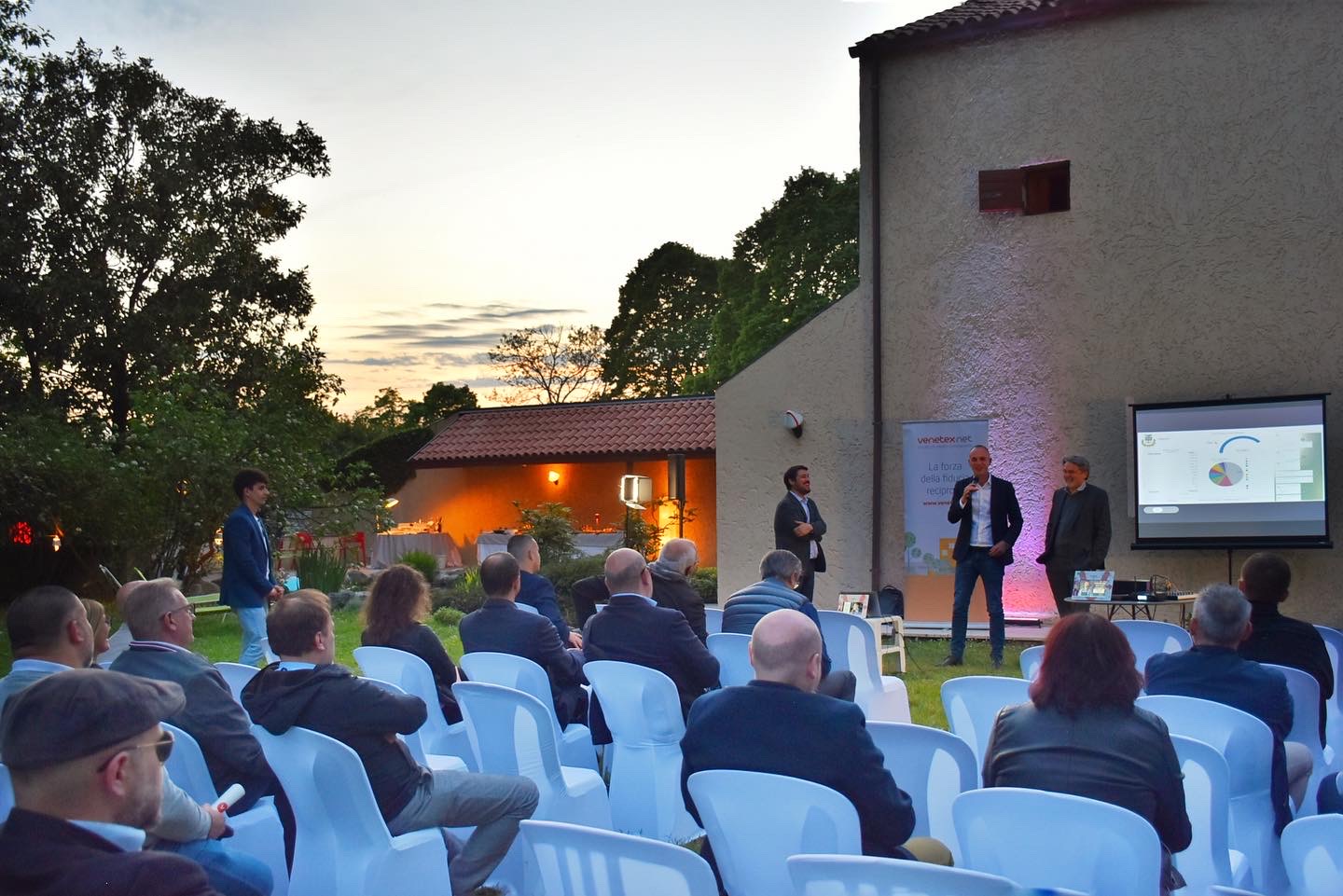

















































 There was a crime a
There was a crime a 



























 Some of our events are corporate. This is why we found the idea of Venetex quite congenial.
Some of our events are corporate. This is why we found the idea of Venetex quite congenial.